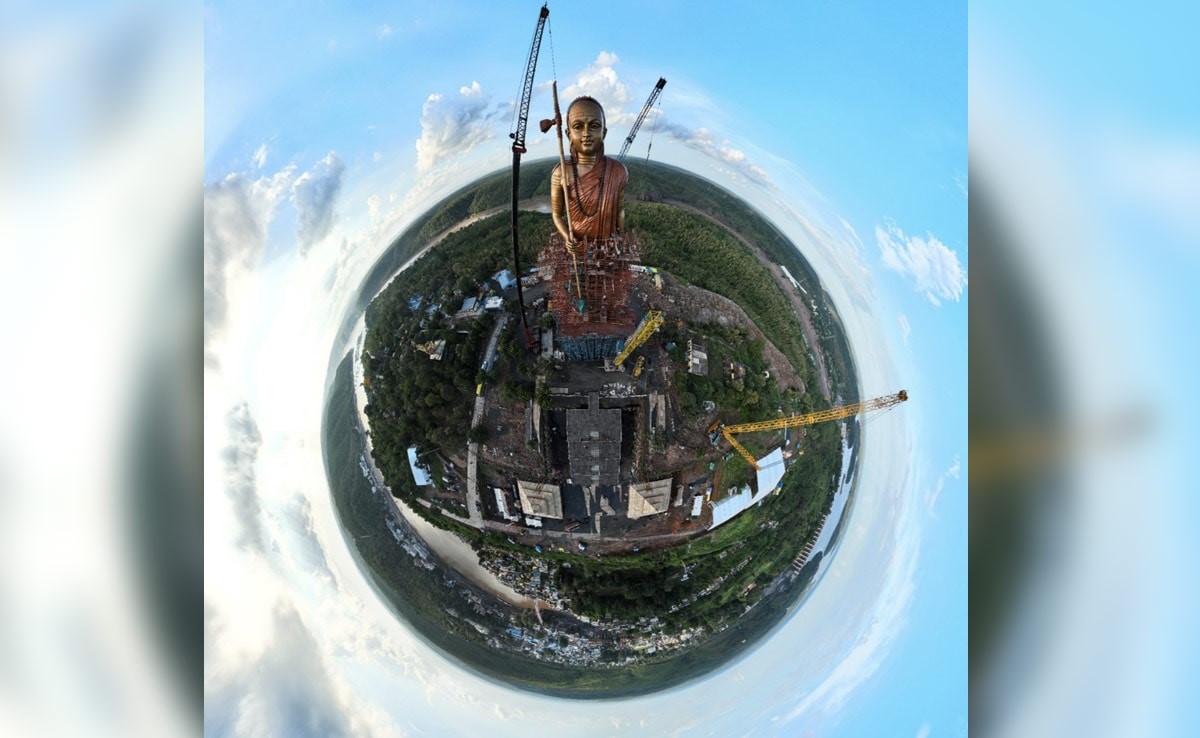Free Courses Sale ends Soon, Get It Now


Free Courses Sale ends Soon, Get It Now



Disclaimer: Copyright infringement not intended.
Context
Details
The Statue of Oneness
Advait Lok Project
About Adi Shankara
Early Life:
Spiritual Journey:
Teachings and Philosophy:
Travel and Disputations:
Legacy and Impact:
Conclusion
Adi Shankaracharya's profound philosophy and contributions continue to influence the spiritual and philosophical landscape of India and beyond. His teachings on Advaita Vedanta, his travels and debates, and his establishment of mathas have left an indelible mark on the history of Hinduism and Indian philosophy.
|
PRACTICE QUESTION Q. What was Adi Shankaracharya's primary philosophical contribution?
Options: A) 1 and 2 B) 2 and 3 C) 1 and 3 D) 1 only Answer: D |
© 2024 iasgyan. All right reserved